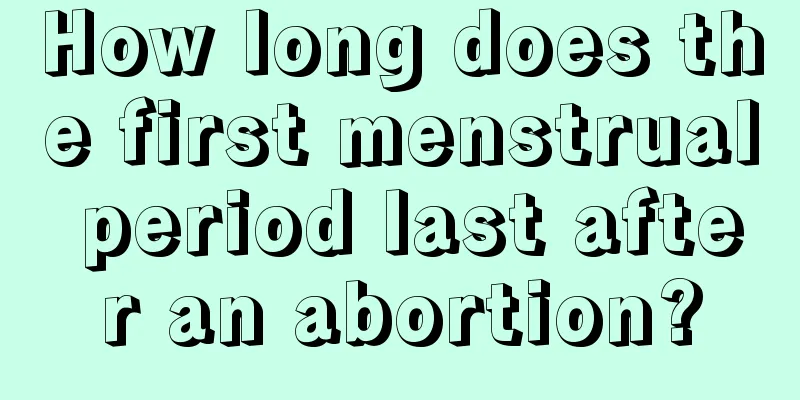What to do about dysmenorrhea caused by endometriosis? These foods are very good

|
Some female patients with endometriosis will experience obvious symptoms of dysmenorrhea, which is very uncomfortable. Women in this situation should treat endometriosis in a timely manner and can also relieve the symptoms by adjusting their diet structure. 1. Eat more fish containing n-3 fatty acids Saury and some deep-sea fish contain 11-3 fatty acids and protein. This substance can inhibit the production of prostaglandins, and eating more of it is beneficial. 2. Hot compress and drink more hot drinks Resting in bed and applying steam or a hot water bag to the abdomen or back can relieve the discomfort of endometriosis. Or you can drink more hot drinks. 3. Exercise to relieve pain Exercise reduces estrogen levels and may slow the growth of endometriosis. Use gentle exercise, such as walking, as excessive vibrations can pull on healing and scar tissue. 4. Reduce the intake of foods containing hormones Foods containing hormones such as royal jelly and soybeans will increase the estrogen content in the body, which is not good for the condition. 5. Dysmenorrhea is divided into primary and secondary types. If no obvious abnormalities of the pelvic organs are found after a detailed gynecological clinical examination, it is called primary dysmenorrhea. Secondary dysmenorrhea is mostly caused by diseases, such as endometriosis, pelvic inflammatory disease, tumors, etc. The causes of primary dysmenorrhea are mostly mental stress, hypersensitivity, and weak physical constitution. The symptoms can be relieved by improving the physical constitution. Women who suffer from dysmenorrhea due to menstrual blood retention caused by poor uterine position and narrow cervical opening, or who have had dysmenorrhea since menarche, may have their symptoms alleviated after marriage or childbirth. 6. Dysmenorrhea is not a disease, but it is extremely painful when it occurs. Women who have suffered from dysmenorrhea for a long time will definitely understand this. But is dysmenorrhea a disease? It is a symptom, but it can also be pain caused by the disease. Dysmenorrhea may be related to endometriosis, so patients with dysmenorrhea should not take it lightly. 7. Unlike dysmenorrhea in young girls, long-term dysmenorrhea in women of childbearing age, married women and older women is often caused by illness and cannot be simply attributed to menstruation. Common clinical diseases include endometriosis, adenomyosis, pelvic inflammation, uterine fibroids, etc. These diseases may cause dysmenorrhea. Women are reminded that dysmenorrhea is not a small problem. If you suffer from long-term dysmenorrhea, you should go to a regular hospital for examination to find out whether it is primary dysmenorrhea or secondary dysmenorrhea, and then make targeted adjustments. |
>>: What are the signs of poor egg quality?
Recommend
15 days after cesarean section, lochia suddenly increased
Whether women give birth naturally or by cesarean...
【Medical Q&A】Have you ever heard the sound of your heartbeat?
Planner: Chinese Medical Association Reviewer: Ch...
Is it difficult for women to get wet when they have inflammation?
Inflammation is a more troublesome symptom encoun...
Why can't I get pregnant if my follicles are normal?
The most basic condition for pregnancy is that th...
What causes breast lumps during lactation?
Breastfeeding mothers often experience tingling p...
Is the ovulation period three days after menstruation?
Many families now want children but do not see an...
36 weeks of pregnancy lower abdominal pain
Lower abdominal distension and pain at 36 weeks o...
Causes of premature menstruation and prolonged menstruation
The general menstrual cycle is about 28 days. It ...
Should the elderly get the COVID-19 vaccine? How to get it? One article explains!
Recently, the COVID-19 pandemic remains complex a...
What to do if a woman becomes frigid after giving birth
After giving birth, women's bodies will under...
The benefits of Chinese medicine foot bath for women
Soaking feet in hot water is actually a very good...
What happens if gynecological inflammation is not treated?
The symptoms of gynecological inflammation are ve...
What are the signs of pregnancy?
In fact, most women tend to be particularly excit...
High insulin levels in women
What causes high insulin levels? Insulin glargine...
What should I do if I get angry when I am pregnant?
The phenomenon of getting angry is very common in...









